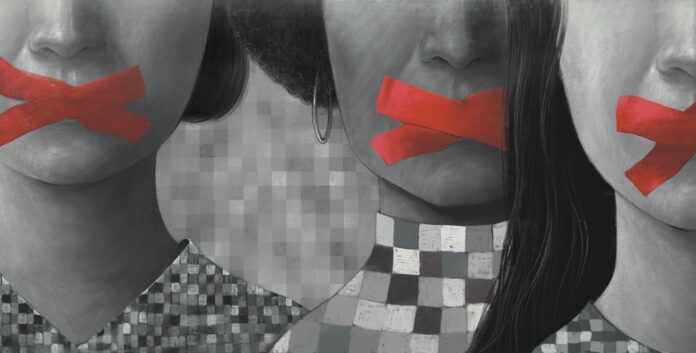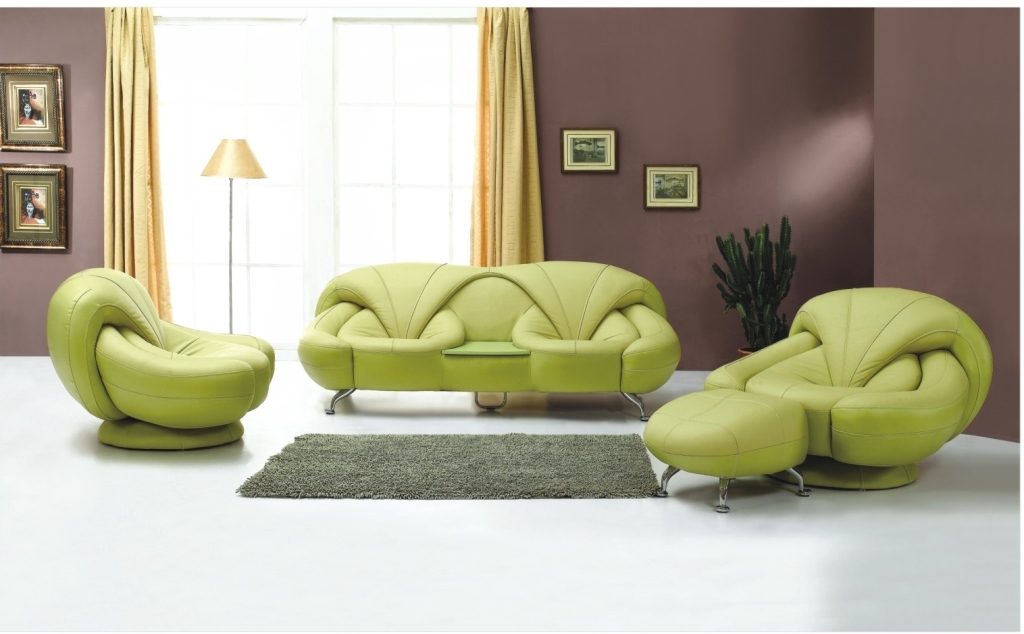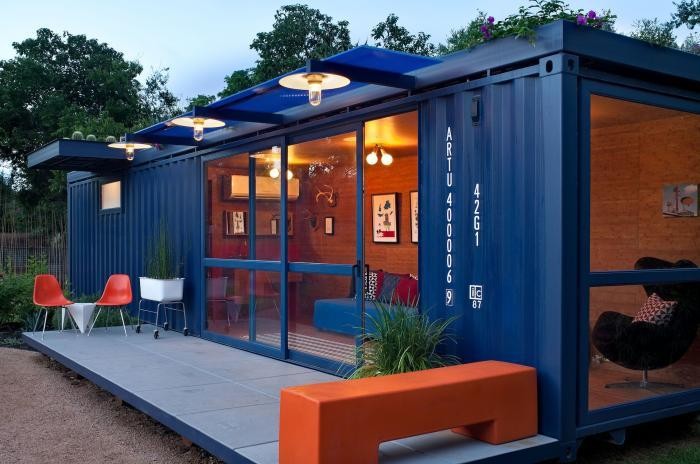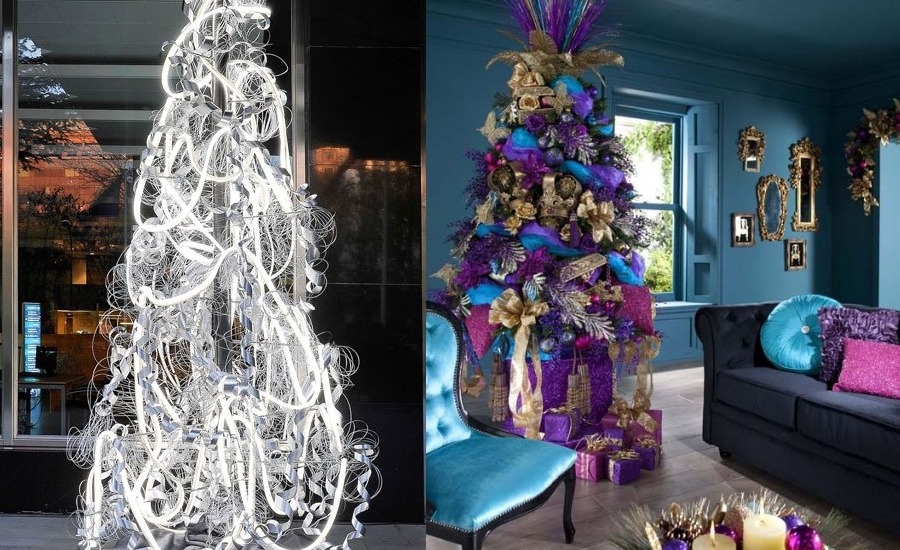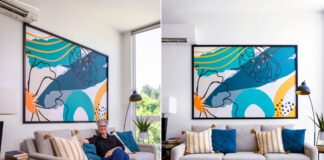Art has always been a powerful force for self-expression, social commentary, and cultural evolution. Yet, in today’s world, the boundaries between free speech, artistic integrity, and societal responsibility are more blurred than ever. As contemporary artists push creative and ideological boundaries, questions surrounding censorship arise – when does art challenge and provoke in a meaningful way, and when does it cross an unacceptable line?
The Role of Censorship in Contemporary Art
Censorship has historically shaped artistic movements, often acting as both a restriction and a catalyst for creative expression. From controversial paintings banned for their political undertones to public artworks removed due to perceived obscenity, the debate over who gets to define the limits of artistic freedom is ongoing. In Australia, contemporary art remains a dynamic and evolving space, with artists using their work to explore themes of identity, politics, and social justice. However, as public discourse becomes increasingly polarised, the question arises: who determines what is acceptable? Is it government regulation, gallery owners, the audience, or the artists themselves?
The Fine Line Between Artistic Expression and Offensiveness
Art’s purpose is often to challenge norms, provoke thought, and encourage discourse. But as cultural sensitivities shift, certain works can spark backlash, leading to removal, funding cuts, or even public outrage. Consider exhibitions that address topics such as racial inequality, gender identity, or religious beliefs – these themes can be celebrated by some and condemned by others.
Social media has also amplified public reactions to art, with digital platforms serving as both a stage for artistic exposure and a space for swift condemnation. The speed at which controversial artworks can be criticised or even “cancelled” has given rise to self-censorship among some artists, who may avoid contentious topics out of fear of career-damaging repercussions.
Censorship in Contemporary Art in Melbourne
Melbourne is renowned for its thriving and eclectic art scene, where street art, gallery exhibitions, and performance pieces intersect to create a diverse artistic landscape. The city has long embraced artistic freedom, but even within this creative hub, discussions around censorship persist. Institutions must navigate the balance between fostering bold artistic expression and responding to community standards.
One notable space that champions contemporary art in Melbourne is Otomys, a gallery that showcases thought-provoking and boundary-pushing works. Such platforms play a crucial role in ensuring that artists can present their visions without unnecessary restriction while still engaging audiences in meaningful discussions.

Where Do We Go from Here?
The debate around censorship in contemporary art is unlikely to reach a clear resolution. What is deemed offensive today may be accepted tomorrow, and vice versa. As art continues to mirror and critique society, it is essential to maintain an open dialogue about its role and the ethical considerations surrounding its presentation.
Rather than imposing rigid boundaries, fostering conversations that consider multiple perspectives may be the most effective way forward. Art should remain a space for exploration, even when it makes us uncomfortable. After all, discomfort often leads to the most profound discussions – and perhaps, that is precisely the point. Where do you think the line should be drawn?

